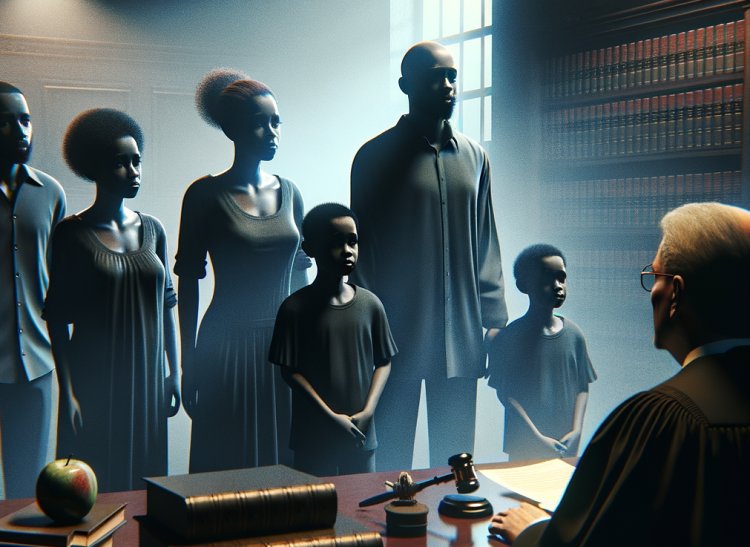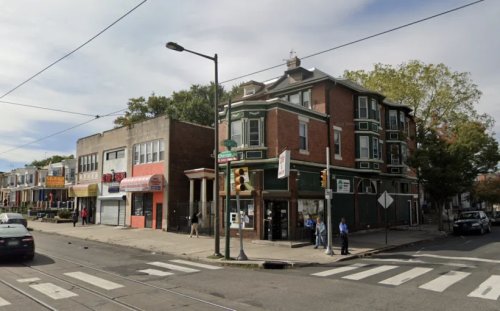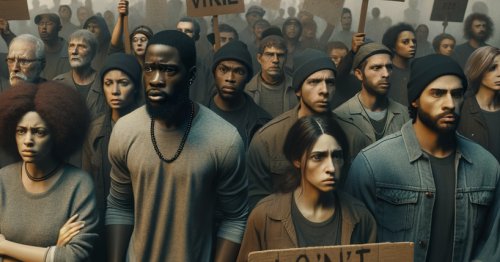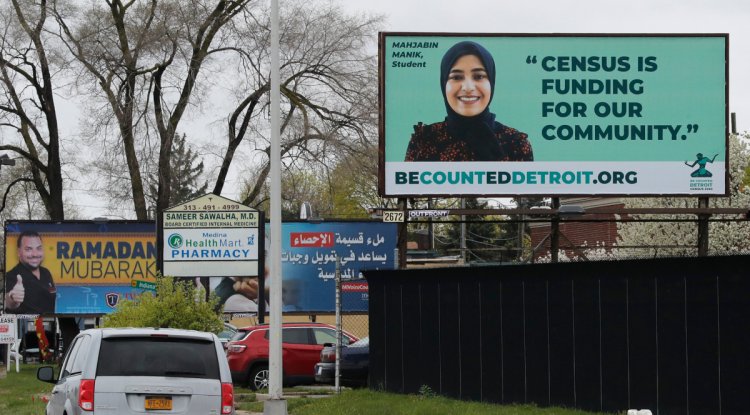Killing James: The 30 Year War on the Black Family
If the Black community would focus more on family and less on individual prosperity, we could be a stronger people.
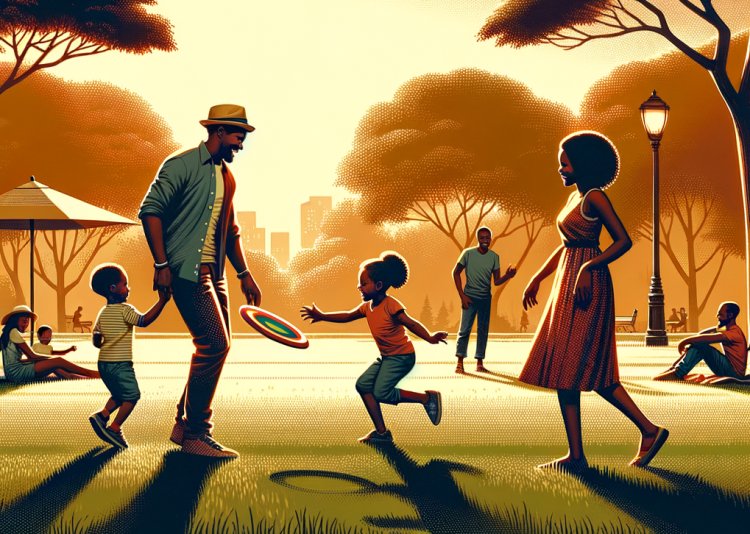
Most Black Americans over the age of thirty-five can possibly relate to this study better than their younger cohorts, and most can vouch that during the early 70s and into the eighties, a slow decline in the traditional Black family began, though not noticeably. Using familiar Black memorabilia, we will analyze this decline and possibly reach a conclusion about today’s current state of the Black family.
Growing up in the Black community during the seventies meant attending predominantly Black elementary, middle and high schools. Most can remember visiting friends’ homes where there was actually a father in the house, and most fathers had decent jobs, be it in manufacturing or public service. Rare was the single mother working two jobs or long hours like it is today.
“As recently as 1960, three-quarters of African Americans were born into a family of a married couple.” (Is the American Underclass Growing, 86). "Today only [one-third] of black children have two parents in the home.” (New Realities of the American Family, 8).
One cause of the decline of the Black family was the result of the relocation of good jobs from urban areas, which threw many working men into unemployment causing stress on the family finances. Underground methods of earning money arose in urban communities and crime increased. Organized crime by low-level street gangs began to take control as cocaine sales and use strangled Black communities all over the country.
The militant image of the seventies i.e., dashikis’, the Black power fist, and the afro disappeared and gave way to Super fly-type pimping apparel, the hair perm, and a sense of individualism among Black men as opposed to unity. Books such as Donald Goines “Street Players, Daddy Cool, and Whoreson,” sparked rebellion against Black unity in Black men and further destroyed any sense of community.
The treatment of Black women changed because of this pimp mindset and Black men began to disrespect his woman, which caused many homes to fall to single parent status as men sought to take on more than one family. As 70s drugs and disco dancing pushed many into a carefree lifestyle, families all over began to crumble and the Black family suffered that much more.
When at one time the Black family image was held as strong, such as in the television sitcom “Good Times,” where James Evans held tightly together his family despite the urban poverty, there was a subtle changeover in “The Jefferson’s” during the mid to later seventies that brought about another paradigm of life to the Black community and sought to raise their level of thinking economically. However, this change drove a wedge between lower and upper class Blacks that was not that noticeable or consequential before.
To consummate the changeover, James Evans was killed off and his family was left to survive on their own, eventually ending in prosperity when they finally left the ghetto and moved toward the suburbs. Again, this divide signaled a breaking away from low-income Black neighborhoods to more affluent suburban ones, yet the Evans family ended as a fatherless one.
Once the militant image was destroyed and the divide established between low and upper-income Black families was in motion, the Black community was ripe for an epidemic by which came crack cocaine to the streets. With an increase in crime and no real prospects in urban areas and no jobs, many well-off Black families and business owners sold out to a sudden influx of Korean and Arab immigrants so they could move to the suburbs, and afterward, the Black community was doomed to disintegration.
The eighties brought death, poverty, and hopelessness to the Black community that lingers and ever intensifies to this day. Crack babies were born by the hundreds and thousands in Black communities all over the country. Black men left their families to make quick money and so did Black women who became victims of crack addiction, prostitution and immorality. More children were living with relatives, grandparents, or ended up dead or severely mentally damaged by this tragic epidemic.
All the time, social programs were being cut unnoticeably by government lawmakers, which pushed Black women into the workforce forcing them to drop their children into daycares. Adding to that, during the late eighties and early nineties, government began passing stricter child support policies that the states enforced with vigor, and many Black men landed in jail adding a criminal record to their pass that employers frowned on more often.
The consequences of emulation seriously scared the Black community and we fell victim to suburban immorality as scandalous talk shows pushed into the nineties and Black people were seduced into partaking in and exposing their dirty laundry on television yet were further portrayed as seriously dysfunctional, lacking morals, and ignorant. This image spread as true to too many Black people who could not decipher between reality and television and thus the prophesy was fulfilled.
As divorced rates rose and marriage among youth decline, the Black family suffered from the same ills as white families. “Today the number of children born into a black marriage averages less than 0.9 children per marriage. The birthrates of black married women have fallen so sharply that absent out-of-wedlock childbearing; the African American population would not only fail to reproduce itself, but would rapidly die off." The Abolition of Marriage, 120.
The Black family has yet to recover from the espionage of decades past. Though we struggle to and many desire to, the consequences of those times have taken a stronghold against us and we are in dire need of direction and most of all effective leadership. However, the Black leadership of today are nothing more than the consequences of that era themselves.
There remain a divide between the low and upper income Black community and a serious rivalry is gaining momentum via instigation of token Blacks and media scapegoats; and other so-called new-age conservative Blacks who point the fingers of Black community destruction at the Black community itself. None of these men or men like them has the wisdom or knowledge to look upon the past and see what has truly happened. They, in fact, are blind to it and would rather see what whites teach them in school and in theory about their own people.
Today, the state of the Black family is actually gaining strength. Though there are still many single women raising children, the growing number of people who desire the two-parent family is rising along with the actual statistics.
So despite the immoral backdrop of American society, Black America has the desire to have strong families. However, the social circumstances make it almost impossible to maintain a family. A family today need two incomes, strong community bonds, and religious values to stand up to all the destructive forces around. Black women and men must be strong minded with traditional values in order to win against such negative odds.
If the Black community would focus more on family and less on individual prosperity, we could be a stronger people. The new age mega-church movement has the ability to mend the Black family more than any social institution or government law around, yet the focus of the church is on the wrong things. It values individual prosperity over family values.
However, like the Evans family, the Black family should stand strong together despite economic setbacks and learn to overcome. The father in the family is a sure win for all members of the community and reality says if the Black man can withstand the attempts on his life by the greater society, that family will grow to prosper as well as possess values. Killing James is just an illusion, so let us live in reality that our children can benefit in the end.
Sources from: http://www.divorcereform.org/black.html

